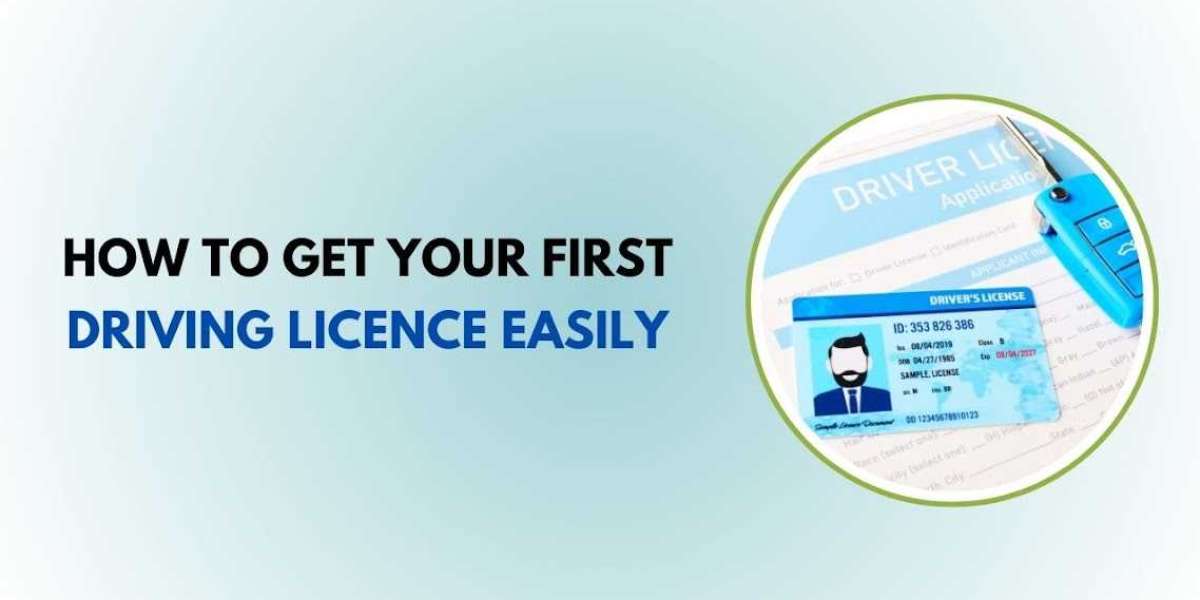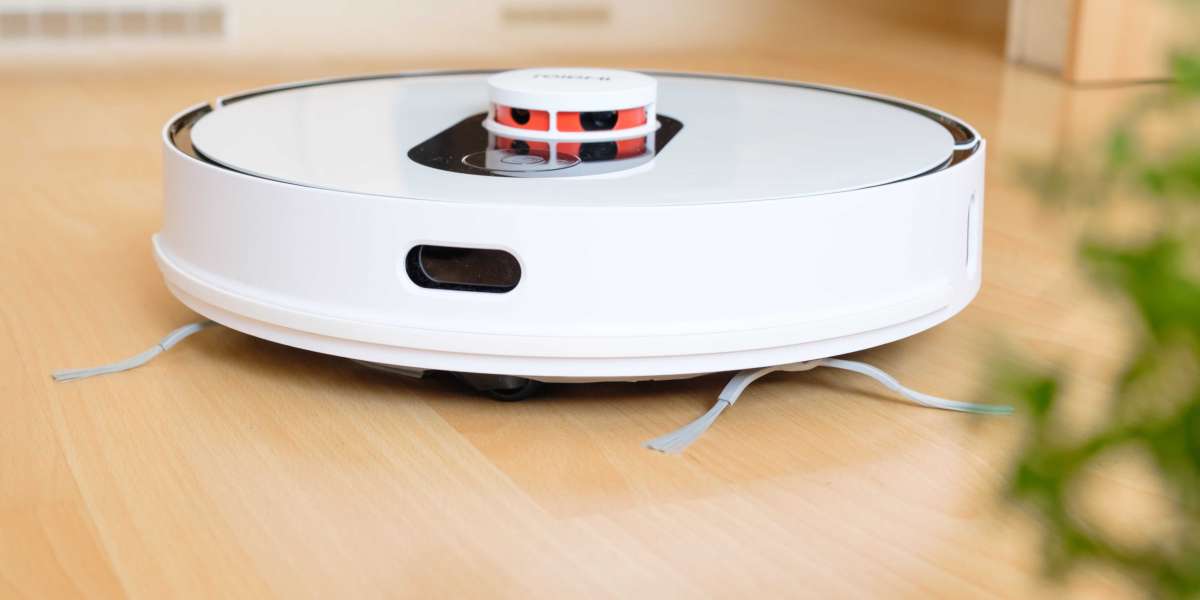Getting your first Driving Licence is an exciting step in life. It gives you the freedom to drive legally on the roads and opens up new opportunities for work and travel. But for many people, the process of getting a driving licence may seem confusing or difficult.
Don’t worry—this guide will explain everything in a very simple and easy-to-understand way. Whether you're applying for a two-wheeler or a four-wheeler licence, you'll learn how to complete the process smoothly.
Let’s go step by step and see how to get your first driving licence easily in India.
What is a Driving Licence?
A driving licence is an official document issued by the Regional Transport Office (RTO). It allows you to drive a specific type of vehicle legally on Indian roads.
There are different types of driving licences based on the kind of vehicle:
- Two-Wheeler Licence: For bikes or scooters
- Four-Wheeler Licence: For cars
- Commercial Licence: For trucks, taxis, and buses
You can apply for a Learner's Licence first, and after that, a Permanent Driving Licence.
Types of Driving Licences in India
India offers different categories of driving licences based on the type of vehicle and its intended use. Understanding these categories is crucial for applicants to ensure they apply for the appropriate licence:
Learner's Licence (LL):
- Purpose: A provisional licence issued to individuals learning to drive. It is valid for six months but can be renewed if necessary.
- Eligibility: Applicants must meet the age criteria for the specific vehicle category they intend to learn.
Permanent Driving Licence:
- Purpose: Issued after completing the learner's period and passing the driving test.
- Validity: Generally valid for 20 years or until the holder turns 40, whichever is earlier. After 40, renewal periods vary based on age.
Commercial Driving Licence (Transport Vehicle Licence):
- Purpose: Required for individuals intending to drive commercial or transport vehicles such as taxis, buses, trucks, and goods carriers.
- Eligibility: Applicants must be at least 20 years old and often need to have completed at least one year of driving a light motor vehicle.
International Driving Permit (IDP):
- Purpose: Allows Indian citizens to drive vehicles in foreign countries that recognize the IDP.
- Validity: Typically valid for one year and must be carried alongside the Indian driving licence.
Vehicle Classifications and Corresponding Licences
Understanding vehicle classifications is vital for applying for the correct type of driving licence:
Motorcycle Without Gear (MCWOG):
- Description: Two-wheeled vehicles without gears, such as scooters and mopeds.
- Minimum Age Requirement: 16 years with parental consent.
Motorcycle With Gear (MCWG):
- Description: All motorcycles with gears.
- Minimum Age Requirement: 18 years.
Light Motor Vehicle (LMV):
- Description: Includes cars, jeeps, and vans used for personal purposes.
- Minimum Age Requirement: 18 years.
Transport Vehicle:
- Description: Vehicles used for commercial purposes, including trucks, buses, and taxis.
- Minimum Age Requirement: 20 years.
Eligibility Criteria
The eligibility criteria for obtaining a driving licence in India are as follows:
Age Requirements:
- 16 years: For MCWOG (motorcycles without gear) with engine capacity not exceeding 50cc, with parental consent.
- 18 years: For MCWG (motorcycles with gear) and LMVs (light motor vehicles).
- 20 years: For transport vehicles used for commercial purposes.
Educational Qualification:
- For commercial licences, some states may require the applicant to have passed at least the 8th standard.
Learner's Licence:
- Must possess a valid learner's licence before applying for a permanent licence.
- Should apply for the permanent licence after a minimum of 30 days and within 180 days from the date of issuance of the learner's licence.
Why is a Driving Licence Important?
Having a driving licence is important because:
- It is legal proof that you are allowed to drive.
- It shows that you know the rules of the road.
- It helps you avoid fines or legal trouble.
- It is accepted as an identity proof.
- It increases job opportunities if you want to drive professionally.
Tips to Pass the Driving Test Easily
- Practice daily before the test
- Stay calm and confident
- Understand how to use the clutch, brake, and accelerator
- Practice reversing and parking
- Follow all traffic rules
- Listen to instructions from the RTO officer carefully
- Reach the RTO before time
How Long Does It Take to Get a Licence?
- Learner’s Licence: Same day or within 1–2 days
- Permanent Licence: Usually issued within 7–14 days after passing the driving test
You can track the status on the Parivahan website.
Common Mistakes to Avoid
- Don’t skip your practice
- Don’t forget to carry your documents on test day
- Don’t apply for a Permanent Licence before 30 days
- Don’t break traffic rules while driving
Suggested read- What is a Driving Licence
Conclusion
Getting your first driving licence is not difficult if you follow the steps carefully. You can easily apply online, practice driving with a Learner’s Licence, and take a simple test at the RTO.
Just make sure to:
- Keep your documents ready
- Practice regularly
- Book your test slot on time
- Drive carefully and confidently
Once you pass, you’ll get your driving licence delivered to your home, and you can start driving on your own.
So go ahead and take that first step towards freedom on the road. With a little preparation and patience, getting your first driving licence can be easy and stress-free.








